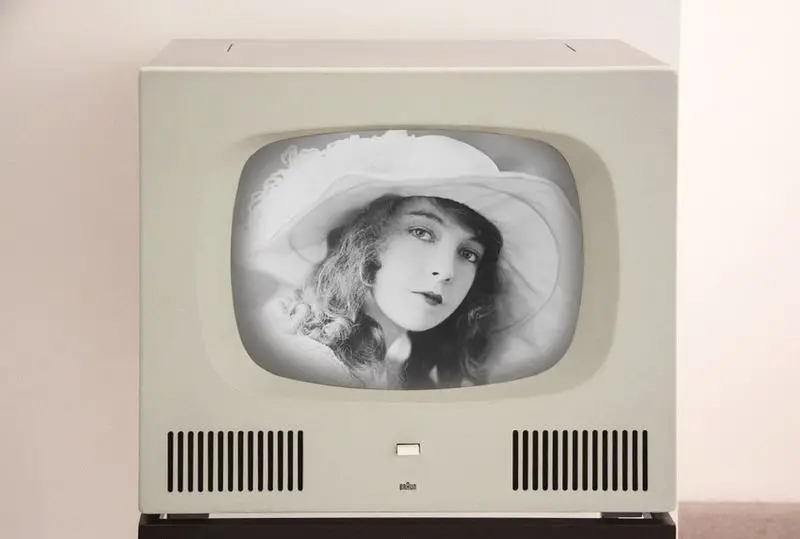Sliding doors and unlucky lovers
Grand Hotel is a crime thriller interwoven with a love story and set against the backdrop of the Belle Époque, when it was still difficult for an aristocratic woman (Adele) and a man of humble origins (Pietro) to achieve their dream of being together. Filming took place in Alto Adige, in Mareta, Glurns, Stava-Naturns and Tarces. The Hotel which lends its name to the title of the series is the central location in the story. It is referred to as “Paradise” and is typical of luxury Alpine hotels from the early 20th century: the external shots were taken in Castel Wolfsthurn, which sits on a hill overlooking Mareta, near Vipiteno in Eisack Valley. The Baroque building has been home, since 1996, to the provincial Hunting and Fishing Museum. In the series, there is a lake in front of the hotel, where in reality there’s actually a large expanse of grass. The lake used for the series was Lake Anterselva (Antholzer See in German), an Alpine lake located 1,642 metres above sea level in the valley of the same name. A lot of the external shots were taken in one of the “most beautiful villages in Italy”, or rather Glurns, a small town 907 metres above sea level located in the middle of the Vinschgau Valley, which is characterised by its perfectly preserved Medieval walls.


